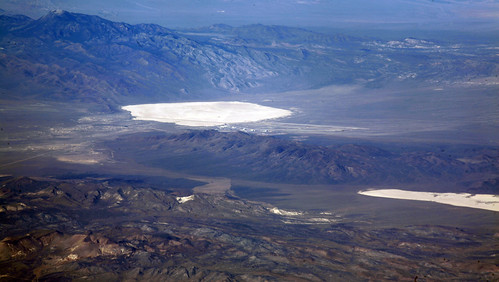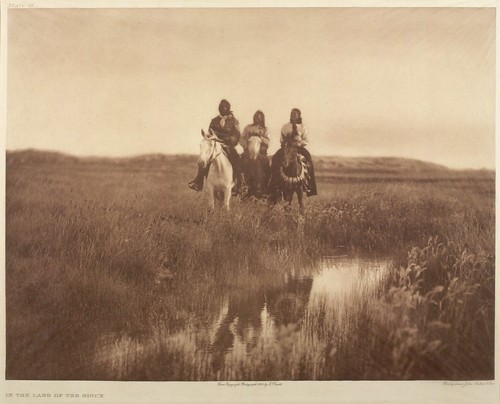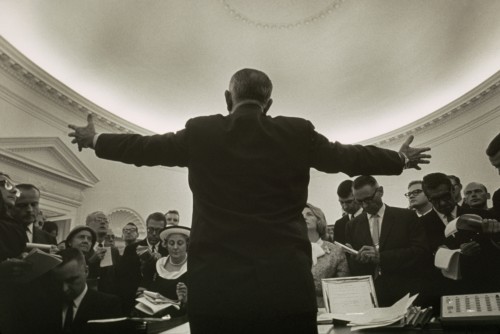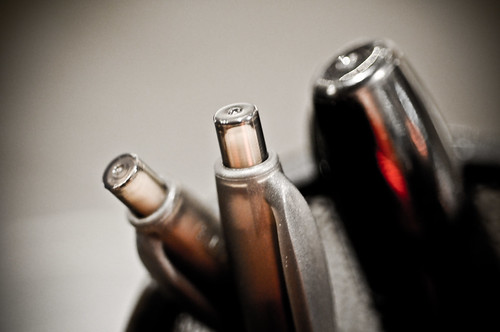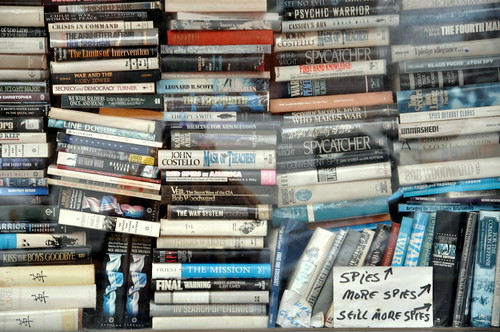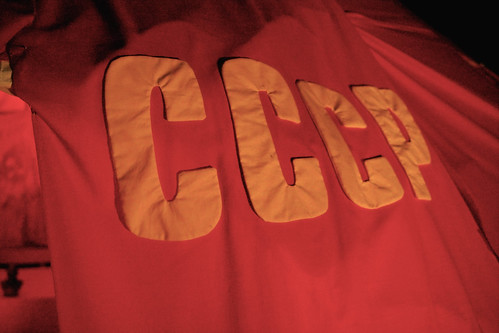“The debate is over about the R-word; it’s now about whether if it’s proper to have a football team in this country carry on using a defined slur.” That was the closing statement by Jacqueline Pata, the Executive Director of the National Congress of American Indians (NCAI). Her comment capped off a forum at the Center for American Progress, Missing the Point: The Real Impact of Native Mascots and Team Names on American Indian and Alaska Native Youth. The Center released a new report that examined several bodies of research about the harmful impact of mascot representations on the self-esteem of AI/AN youth, how they create a hostile learning environment, and the decades-long movement to retire them. The report by Erik Stegman and Victoria Phillips looks at recent key findings and incorporates statements from several Native youths, providing context that is relevant today regarding the use of these mascots and imagery.
Sitting on today’s panel was Pata; Travis Waldron, Sports Reporter, ThinkProgress.org; Mark Macarro, Chairman, Pechanga Band of Luiseño Indians; Dr. Michael Friedman, Clinical Psychologist; and Erik Stegman, Associate Director, Center for American Progress. The forum started with very poignant remarks by fifteen-year-old Dahkota Franklin Kicking Bear Brown, a student at Argonaut High School in California, and a Champion for Change at the Center for Native American Youth. Congresswoman Betty McCollum (D-MN) also spoke briefly at the event.
Over the last year, the debate over the use of the slur by the Washington professional football team has largely centered on issues of economics and fan nostalgia. The larger issue at hand, however, is beyond the sports soundbites that dominate this discussion. Data and research now shows that the use of such racist and derogatory team names (and by association, ‘traditions’ and fan antics) have real and detrimental effects on Native youth today. With fifty percent of the Native population being of 25 years of age or younger, the danger of perpetuating this practice and continuing the cycle of defeatism, hostile learning environments, and poor self-esteem is all too real. Continue reading

